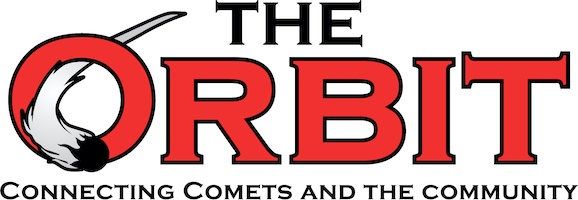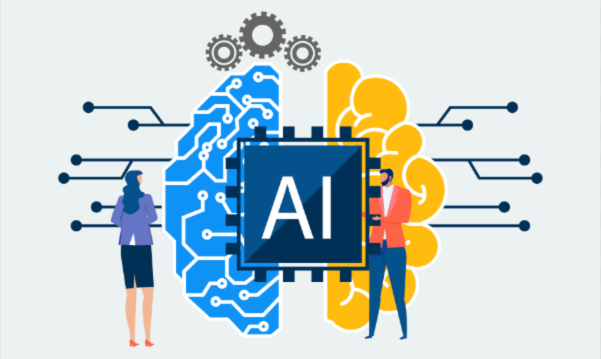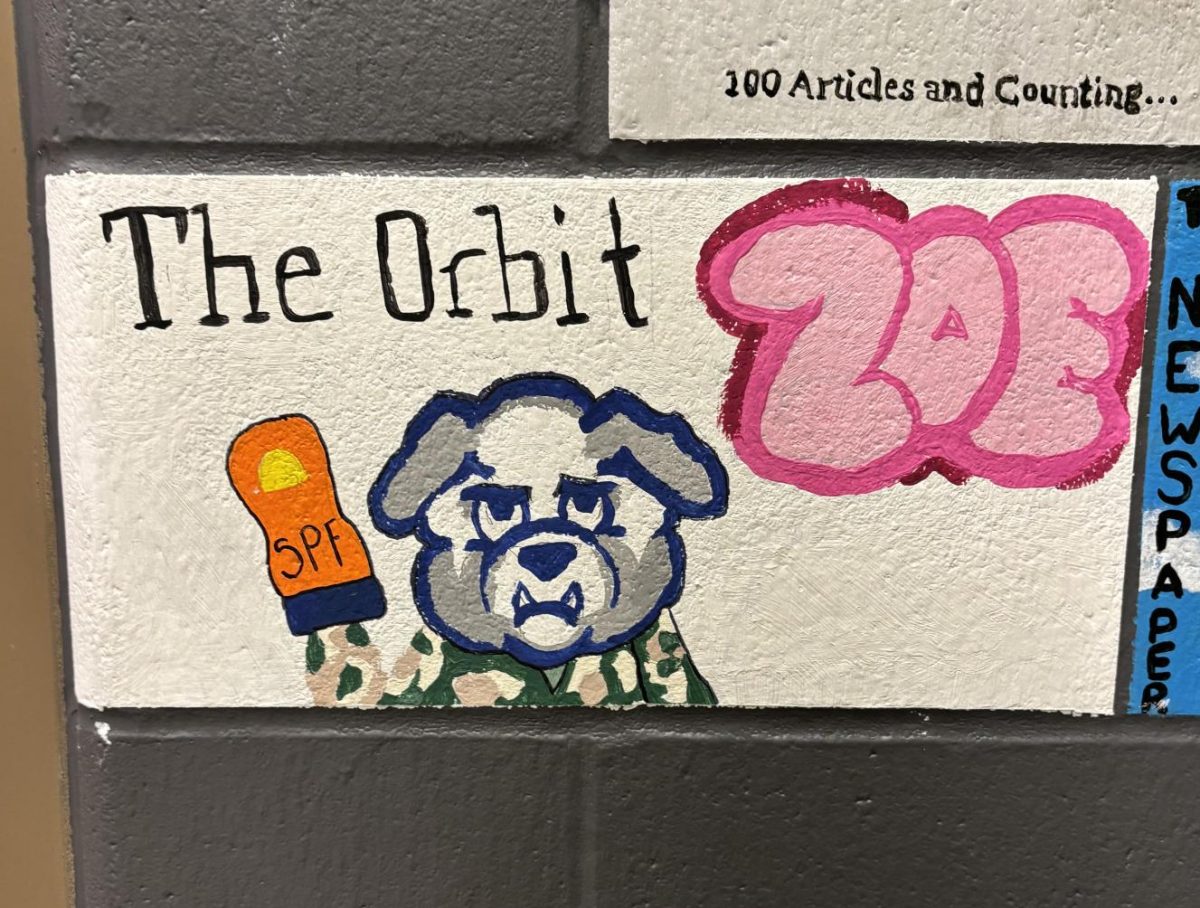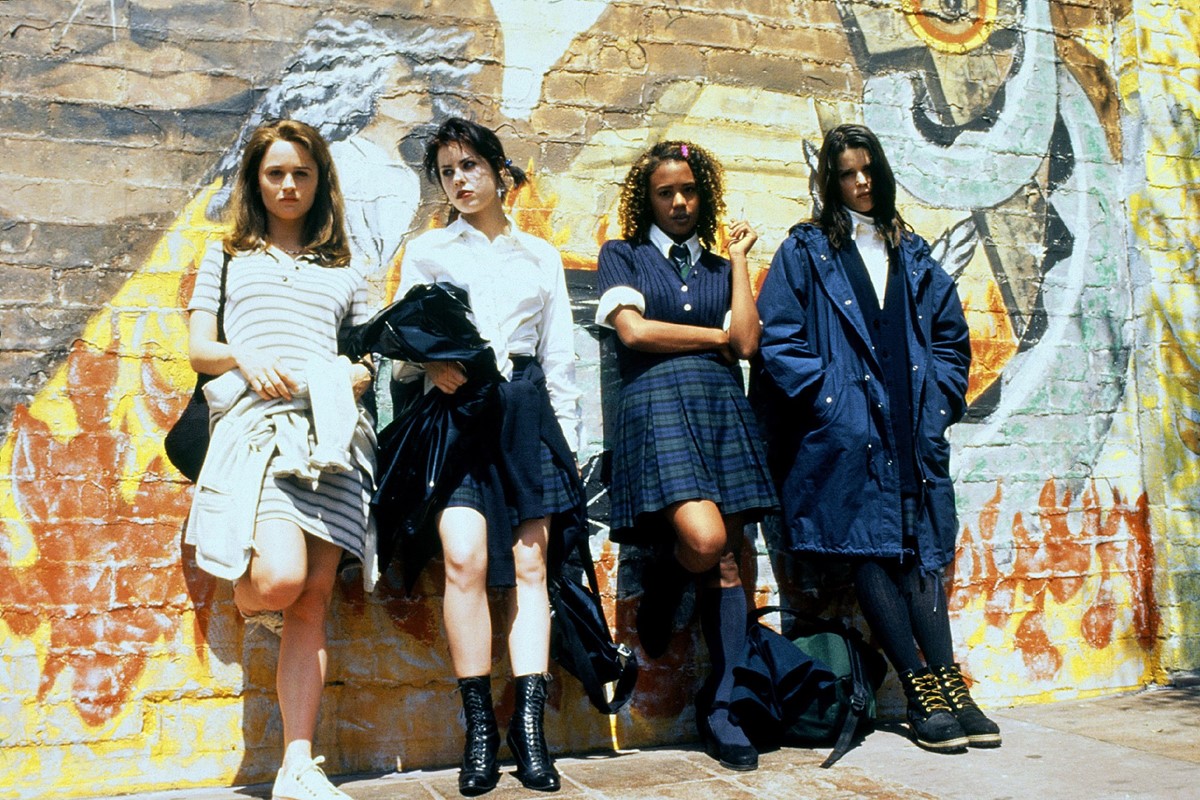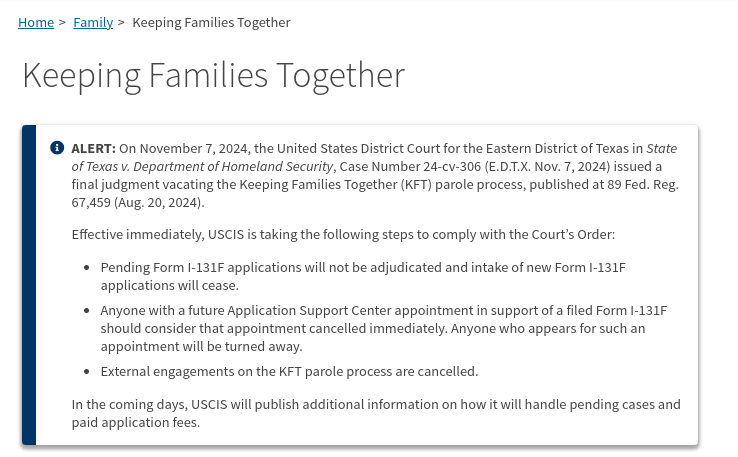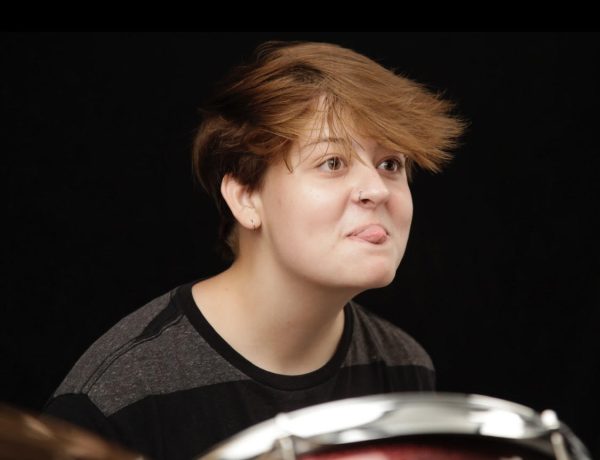As Artificial Intelligence (AI) becomes more common, many are starting to have concerns about the negative effects that AI has on the natural world, employment rates, productivity in school and even creativity. While the exciting potential of AI is hard to ignore, the negative effects it has on society and the environment seem to grow as the technology becomes more advanced.
Generative AI needs a lot of space, electricity and water consumption to run efficiently. Many are questioning the ethics of using AI when it requires so many resources. Adam Zewe, writer for Massachusetts Institute of Technology News (MIT News), explained that a great deal of water is required to keep the systems cool, large buildings are required to store the computers and energy is required to keep the complicated systems running.
Furthermore, Zewe outlined the environmental impact that using generative AI has, “[t]he computational power required to train generative AI models that often have billions of parameters, such as OpenAI’s GPT-4, can demand a staggering amount of electricity, which leads to increased carbon dioxide emissions and pressures on the electric grid.” Many are starting to struggle with the ethics of using generative AI because of the resources it consumes.
An everyday user of AI might not think about all of the energy it takes, or the measures required to build the systems. AI technology is still fairly new, and one might not see the damaging environmental impact it has until much later in the future. Right now, the ease of using generative AI might conceal how much work, energy, time and space the systems truly must use.
Zewe further explained, “[r]esearchers have estimated that a ChatGPT query consumes about five times more electricity than a simple web search.”
Even more, students and teachers may struggle with the ethics of using AI in a classroom setting because some may consider AI to inherently be plagiarism. Not only does AI use a vast amount of resources, but it also does not credit the original authors or artist’s work.
Tia Stubbs, an English teacher at North Polk High School expressed how she believes though AI can have a purpose in the world, it does not have a place in her classroom. A few years ago, she felt surprised by the amount of students using AI, and she could not depict where the computer’s writing ended and where the students’ writing began.
“The capabilities of it kind of freaked me out. I didn’t realize that it could do what it could do,” Stubbs reported. She found it hard to understand at first, but now she has a better perspective on the use of AI, and can combat plagiarism more easily. She has rules and expectations in her classroom to make sure her students’ writing is their own.
She is afraid that if students continue to use AI for their writing, they will not be able to produce original ideas for essays and other assignments, and even when they grow into adults. Stubbs then went on to compare AI to a calculator, and how, though it can be a tool, one should not use it as a crutch for original ideas and creative thinking. Stubbs concluded, “I want to hear my students’ writing voice, not a machines.”
However, Brandon Weeks, a band director at North Polk High School believes AI can be helpful for brainstorming ideas for program notes and giving him ideas on how to research musicians. He believes that for his purpose, generative AI can be a tool, but still understands both sides of the argument.
Though generative AI has potential to improve productivity in the workplace, school and even advance scientific research, the damaging effects of AI on the environment and original thought is hard to ignore.
Zeww concluded, “We need a more contextual way of systematically and comprehensively understanding the implications of new developments in this space.”
